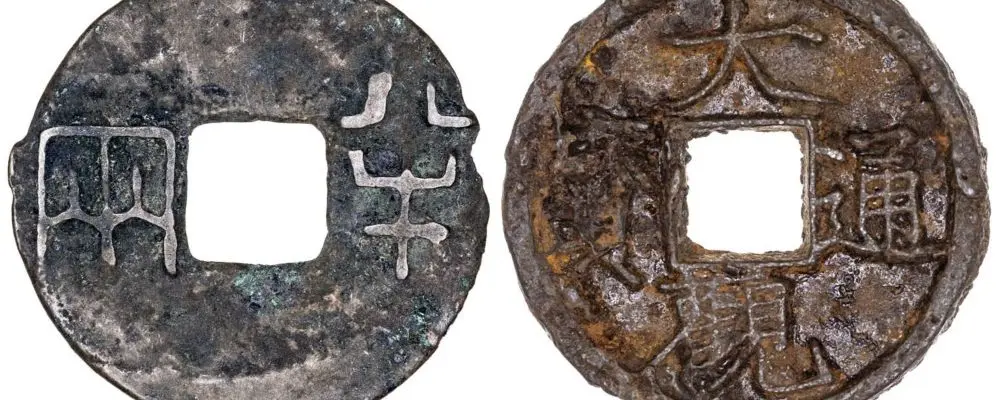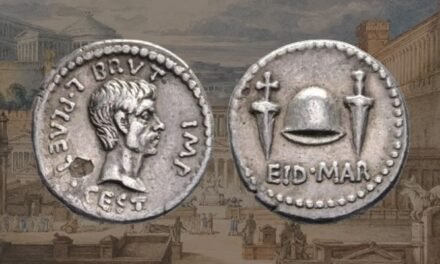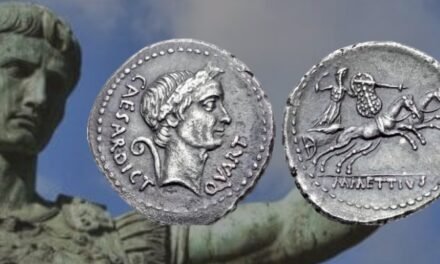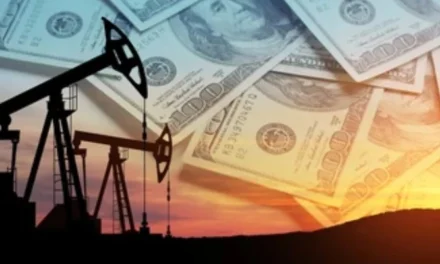Embark on a fascinating exploration of ancient Chinese currency as we delve into the captivating world of the Ban Liang Coin.
This article aims to unravel the historical, cultural, value, and symbolic threads woven into this ancient coinage, providing insights into its significance and enduring allure.
The History of Ban Liang Coin
Travel back in time to ancient China, circa 221 BCE to 220 CE, where this coin emerged as a crucial part of the Qin Dynasty’s monetary system.
Originally cast during the reign of Emperor Qin Shi Huang, this distinctive square-holed coin played a vital role in shaping the economic landscape of ancient China.
Designing Symbolism
Much like the Athenian Owl Tetradrachm, the Ban Liang Coin carries intricate symbolism. The square hole at its center is not just a design choice but a functional element, allowing coins to be strung together for ease of transportation.
- On one side, the characters denoting the coin’s value are inscribed.
- While the other side features the square hole and sometimes additional markings, creating a visual narrative of ancient Chinese commerce.

Ban Liang in Daily Transactions
This Coin, with its standardized weight and consistent design, facilitated trade and transactions during the Qin Dynasty.
In ancient China, the purchasing power of a Ban Liang currency varied according to region, time period and specific economic conditions.
- However, to give you a general idea, with 1 Ban Liang, you could have purchased some basic goods or services (rice, aliments, etc.).
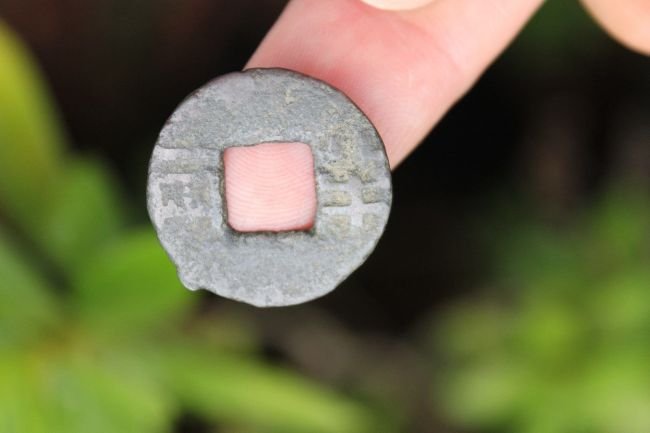
Current value of ban liang coin
The current value of a Ban Liang for collectors can depend on several factors, including state of preservation, rarity, market demand and the specific period of issue.
Since transactions and valuations of ancient coins can vary, providing an exact value is difficult. However, I can give you an approximate range based on general information:
- In the collector market, a Ban Liang in decent condition could have a value in the range of $20 to $100 or more. However, coins in excellent condition, especially those that are rare or have unique characteristics, could fetch higher values, even several hundred dollars.
It is important to note that these values are approximate and may change depending on market conditions and specific auctions. To get an accurate and up-to-date evaluation, I would recommend consulting a numismatist or antique coin specialist.
You can also explore online auction platforms or specialized numismatic stores to get a more accurate idea of the current value of this coin that may be available on the market.
Conclusion
In conclusion, the Ban Liang Coin stands as a testament to the ingenuity and pragmatism of ancient Chinese civilizations.
As we explore its historical context, decipher its unique design, and appreciate its cultural implications, we unveil a coin that transcends its monetary function, inviting us to connect with the rich tapestry of China’s past.
More info about this coin, here.

